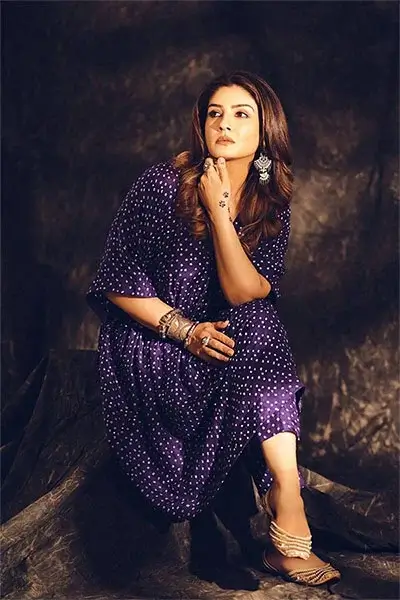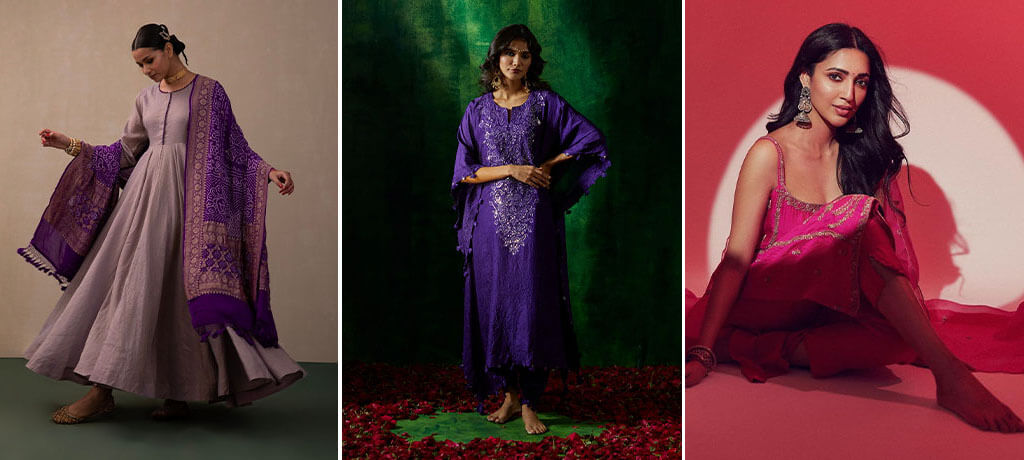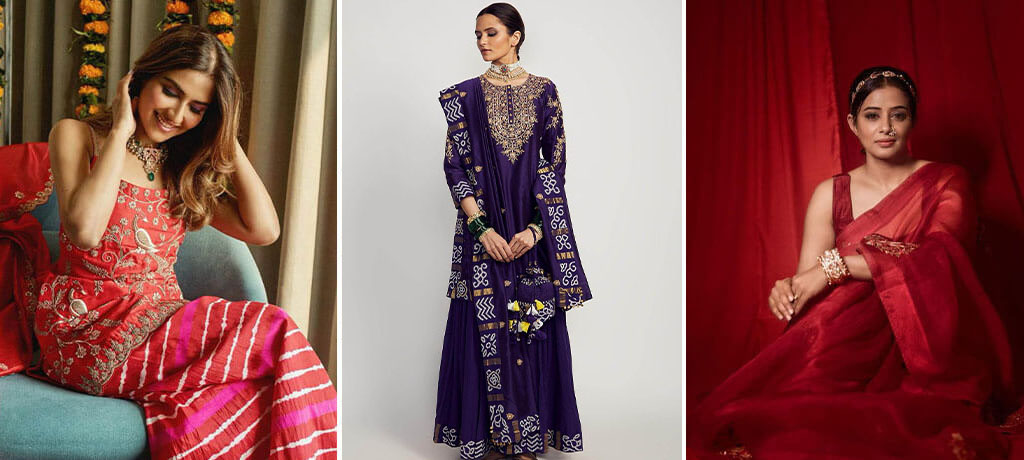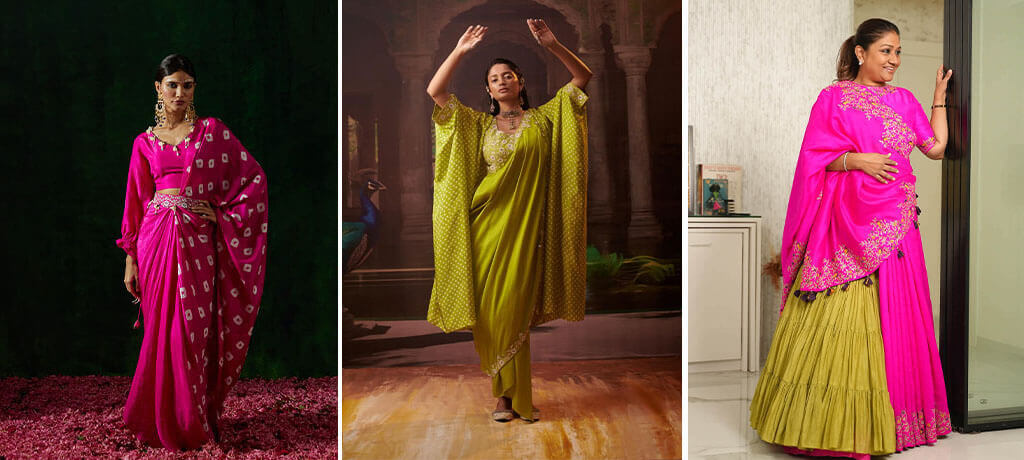As modern fashion becomes more global, Indian clothing brands, including minimal clothing, are excelling. Keep reading to learn more about minimal Indian fashion.
Minimalism: a movement that stemmed from Japan and became a global buzzword over the years. Initially focused on inner mental peace rather than materialism, it eventually made its way into the world of fashion. The origins of minimalism in fashion can be traced back to Madeleine Vionnet and Paul Poiret in the early 20th century, and later influenced by Constructivist painting, it impacted the work of André Courrèges, Pierre Cardin, and Yves Saint Laurent in the 1960s, and minimal clothing continues to be relevant today.
Minimalism in India
If we dive deeper into Indian history, minimalism has been the extended arm of the sustainable movement from Mahatma Gandhi’s days and the love for embracing minimalism prevails in modern India in the 21st century too. The minimalism movement gained momentum after the COVID-19 pandemic. Indian minimalists can be found across various fields and are conscious of their impact on the environment and their lifestyle choices including Indian clothes.
Minimalism in Indian Clothes
Sound’s almost impossible, right? Historically, traditional Indian clothing has been all about colour, texture, textiles and techniques. At its core, maximalism has been India’s fashion language when it comes to Indian wedding clothes. So minimalism in traditional Indian clothing sounds like a fable. However, modern Indian clothing brands are creating more and more room for every kind of style even in the category of Indian wedding clothes, and the world is a smaller place thanks to digitalisation and global cultural exchange, which is now faster than ever.
How to embrace Minimalism in Indian clothes
1. Less is more: While exploring Indian clothing brands from the lens of minimalism, pick an outfit that keeps one focal point. Ask yourself, what is the star of the outfit? If you don’t get one direct answer and feel too many things are distracting you, that’s not your minimal look.
Example: A clean silhouette with embroidery detailing or A Monotone outfit with an interesting drape on the skirt
2. Fuss-free silhouettes: Choose minimal clothing with crisp silhouettes. Avoid the Indian clothing brands that make over-the-top forms and opt for cleaner designs and well-fitted silhouettes.
3. Functional fashion: Minimalism is actually the chicest way to be. It emphasises style and comfort not being exclusive. Minimal Indian fashion cheers on functionality, versatility and simplicity, all at once.
4. Quality over quantity: Fast fashion is not a friend of Minimalism, as minimalism talks about owning less and re-wearing and restyling the classic pieces. Own a few well-crafted outfits made using high-quality fabrics and are ethically made by Indian clothing brands over supporting mass-produced fast fashion that’s destroying our planet.
5. Cohesive colours: Sticking to a cohesive colour palette is a great way to embrace minimal Indian clothing. We don’t mean always going monochrome, but instead opting for colours that complement each other and blend seamlessly. Contrasting outfits and colour blocking is a big no.
6. Subtle embellishments: If you prefer some embellishments, opt for subtle ones like delicate embroidery that doesn’t grab eyeballs. Avoid heavy embellishments or overly ornate designs.
7. Classic pieces over trends: Minimal clothing doesn’t chase trends. It’s a way of life that understands the true meaning of less is more. This means always buying traditional Indian clothing which is versatile and timeless and facilitates mixing and matching comfortably like classic saris, elegant kurtas and well-tailored jackets that can be wardrobe staples and stay chic season after season.
At Pink City By Sarika, we celebrate inclusivity and have a style for every girl. Check out our curated range of minimal pieces here.
Enjoyed reading about minimal Indian clothing? You may also like to read these blogs about Indian clothes:
- Fusion Festive Fashion | A Deep Dive Into Indo-Western Outfits At Pink City By Sarika
- Kaftan Is The New Couture | Here’s Why Kaftan Is the Chicest Piece You Need In Your Wardrobe






